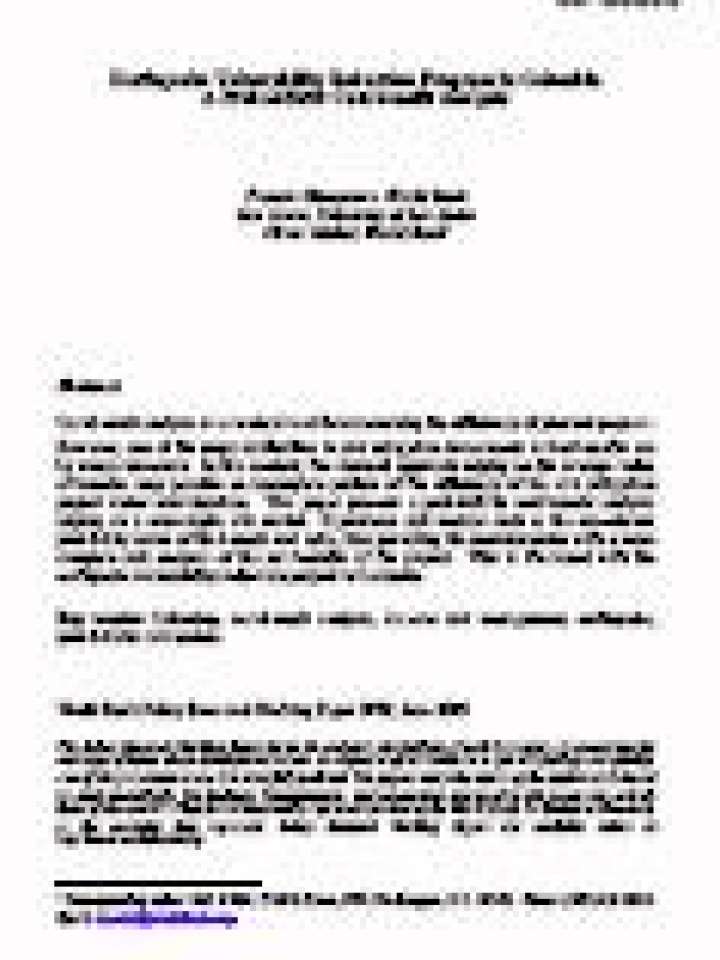Earthquake vulnerability reduction program in Colombia: a probabilistic cost-benefit analysis
World Bank policy research working paper 3939, June 2006.
Cost-benefit analysis is a standard tool for determining the efficiency of planned projects. However, one of the major difficulties in risk mitigation investments is that benefits are by nature uncertain. In this context, the standard approach relying on the average value of benefits may provide an incomplete picture of the efficiency of the risk mitigation project under consideration. This paper presents a probabilistic cost-benefit analysis relying on a catastrophe risk model. It produces risk metrics such as the exceedance probability curve of the benefit-cost ratio, thus providing the decision maker with a more complete risk analysis of the net benefits of the project. This is illustrated with the earthquake vulnerability reduction project in Colombia.
Explore further
